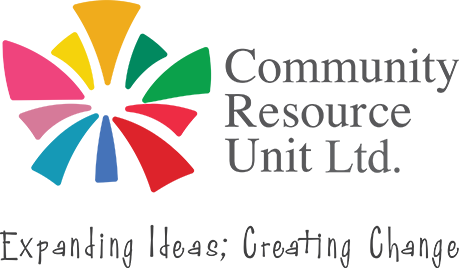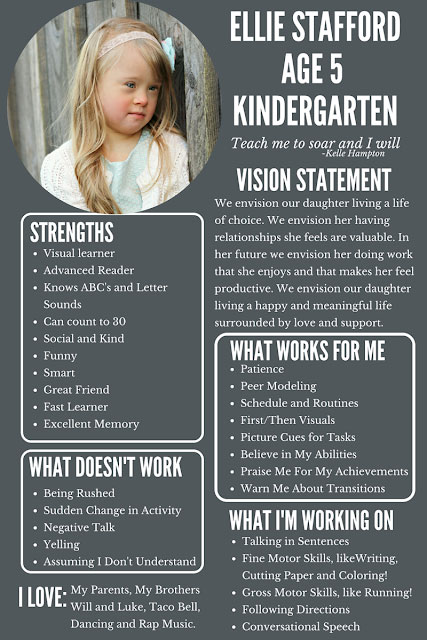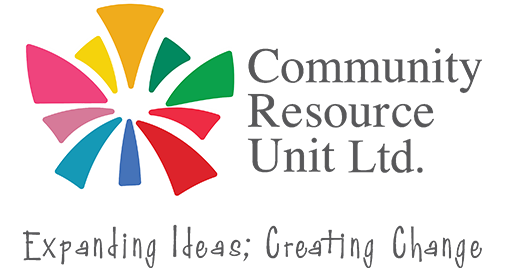
Newsletter one:
Why we need a vision for inclusion
The Families for Inclusive Education Project is a CRU initiative funded by Queensland Government’s Department of Education to help families develop a clear vision for their child’s school years, learn about inclusive education policies and supports, and develop advocacy skills and peer support networks.
This newsletter explores how a positive vision can build a strong foundation for inclusive education.
Navigating the school years when your child has a disability can be daunting – so we encourage families to keep believing in their child, their gifts and strengths and their right to belong and contribute.
Stand Strong - our schools and communities are better when everyone belongs
Early in Term 4 we hosted a webinar on Planning Successful Transitions, which builds on the themes of this newsletter. The webinar can be viewed in full on our website.
We can also offer individual consultations/ conversations if you want to explore these ideas or other issues more deeply. Please call or email us for a conversation, to request information, or to be linked to a family with similar experiences.
What is a vision and how can we use it?
Gina Wilson Burns
So the things in Mac’s vision are things we want for any child, it’s just something we’ve intentionally articulated.
The vision allows us to test things against it and see whether we are staying on the right path.
(Gina Wilson Burns, Mac’s mother).
See Mac's vision in action at 19 Stories of Social Inclusion.
Crafting your vision for inclusion
Resourcing Inclusive Communities (RIC) has a practical and in-depth workbook for Creating a Vision Statement. They provide examples of people’s visions and family stories about using a vision statement to pursue inclusion.
American mother Tiffany Stafford has a step by step guide on How to Make a One Page Profile, Ellie Style. While there are many ways to capture your vision, a one page profile can be an easy way to share your child’s strengths, interests, and vision with friends, family and schools.
To craft the good life, we need to do the hard work on clarifying and sustaining our vision of what we want, not what others tell us are the limits of what is possible.
If we try to choose in a vacuum, not knowing what it is we really want, others will choose for us
Jeremy Ward, Parent advocate
Connecting with others
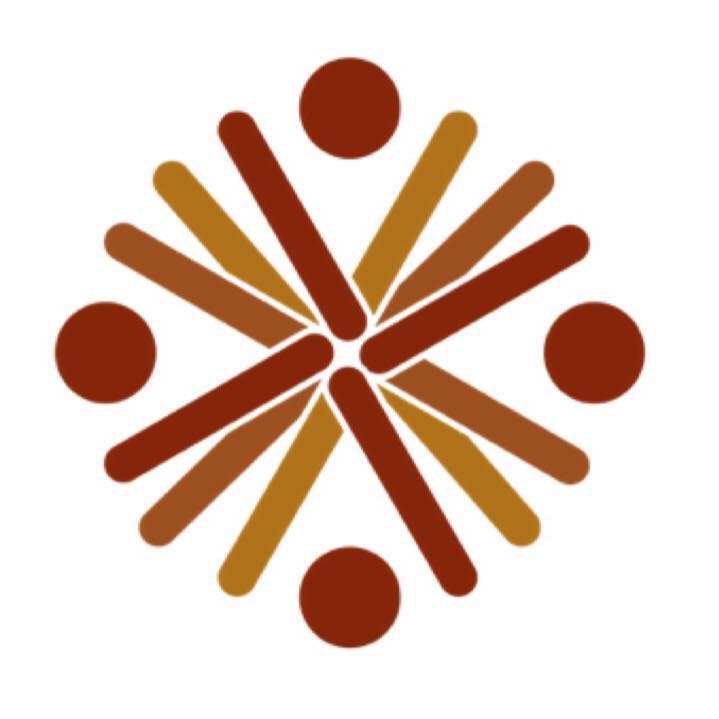 Queensland Collective for Inclusive Education (QCIE)
Queensland Collective for Inclusive Education (QCIE)
QCIE is a group of families who promote inclusive lives for their children with disability and work together to make inclusive schools a reality for all. They offer ‘coffee and chat’ gatherings where families can meet to share knowledge and experiences.
The QCIE Peer support Network is their closed Facebook group for families to learn and share experiences.
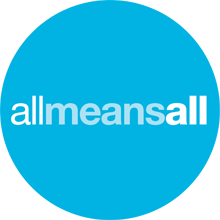 All Means All: Australian Alliance for Inclusive Education
All Means All: Australian Alliance for Inclusive Education
Highly recommended for practical resources, past submissions and Facebook groups for parents and educators.
All Means All offers resources For Parents and For Educators that include Inclusion Toolkits, resources, Facebook groups for discussing how to make inclusion a reality for all students.
In this edition of CRUcial Times, people reflect on what inclusion is, what it isn’t, and why it’s vital to know the difference.

There are 55 editions of our publication, free for download on our website.
Inclusion 2.0: Teaching to diversity
Being clear on these benefits can help families in their advocacy.
Inclusive schooling is an educational movement that stresses interdependence and independence, views all students as capable, and values a sense of community.
Paula Kluth
Stop-press: Paula Kluth will be a keynote presenter at Illume Learning’s Australian Inclusive Schooling Conference. 12-13 March 2020. Brisbane
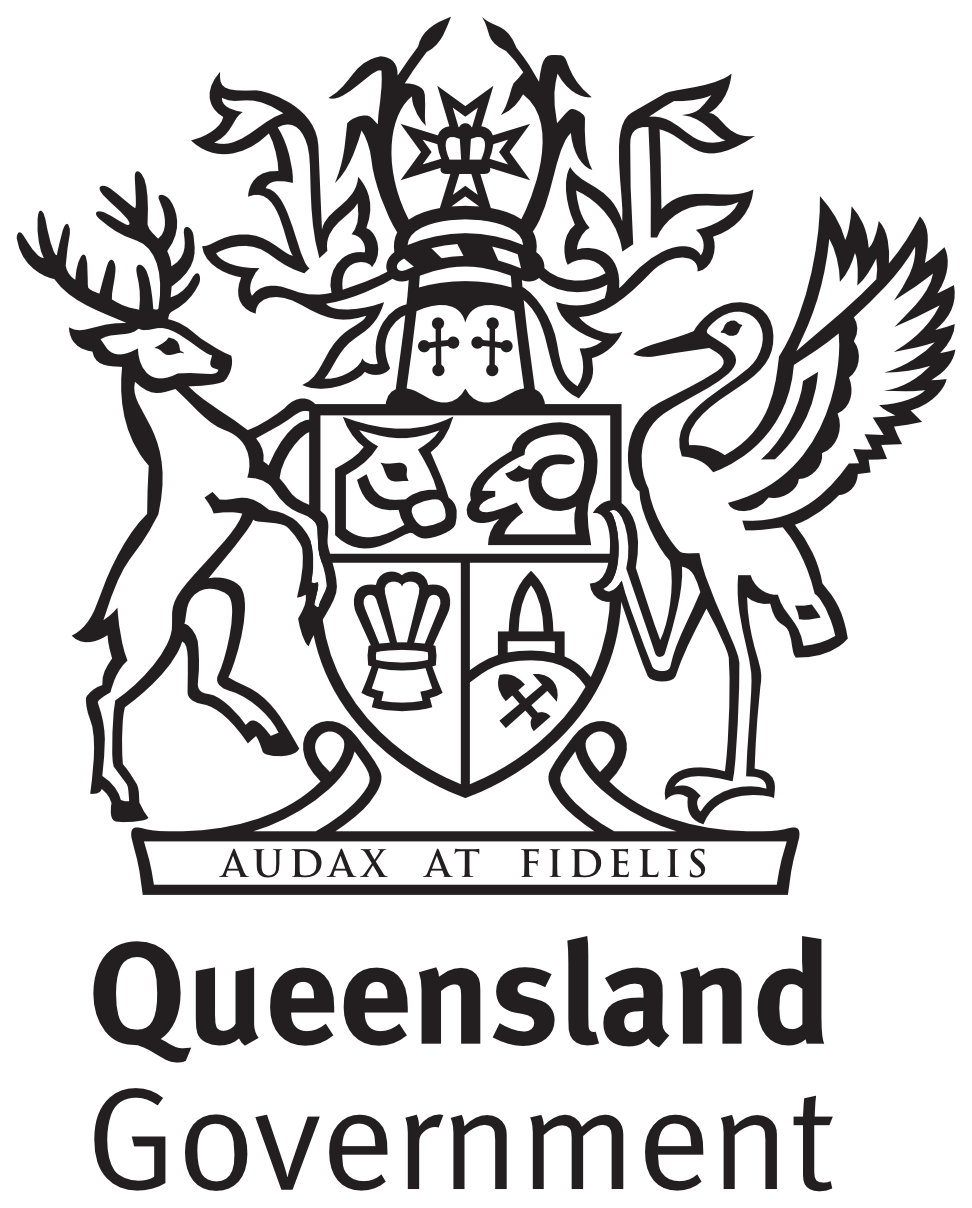 This project is proudly supported by the Queensland Government through the Department of Education.
This project is proudly supported by the Queensland Government through the Department of Education.
The Department of Education website outlines its commitment to Inclusive education through its inclusive education policy.
